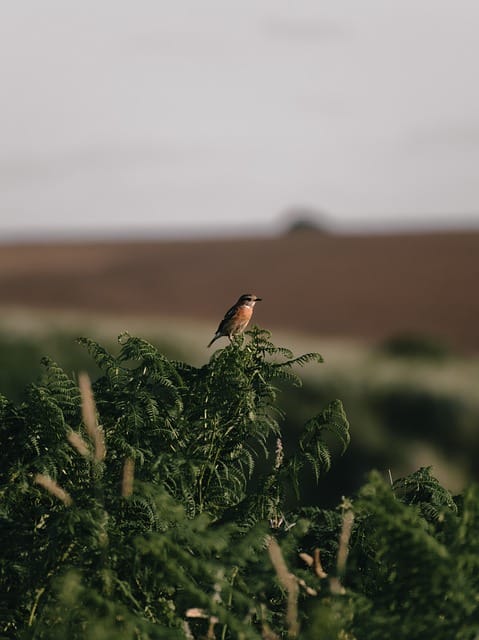How can I support local wildlife habitats through my garden?
Your garden has the potential to be a thriving habitat for local wildlife

In this article:
- Introduction
- Understanding local wildlife habitats
- Assessing your garden
- Choosing native plants
- Creating shelter and nesting opportunities
- Providing water sources
- Avoiding harmful chemicals
- Attracting pollinators
- Building birdhouses and feeders
- Enhancing biodiversity
- Managing garden waste
- Educating others
- Conclusion
Introduction
Your garden has the potential to be a thriving habitat for local wildlife. By creating a welcoming environment, you can support various species and increase biodiversity in your area. This article will guide you through different methods and practices to transform your garden into a safe haven for wildlife.
Understanding local wildlife habitats
Before making any changes to your garden, it's important to understand the local wildlife habitats in your area. Research the native plants, animals, and ecosystems that exist nearby. This knowledge will help you tailor your efforts to best support the species that depend on your region.
Assessing your garden
Take a thorough inventory of your garden and assess its current state. Note the type of soil, sun exposure, and existing vegetation. Identify any potential hazards such as toxic plants or pesticides that could harm wildlife.
Choosing native plants
Selecting native plants is crucial in supporting local wildlife. Native plants have evolved alongside local species and provide essential food and shelter. Research which native plants are suitable for your region and create a diverse garden with a range of flowering plants, grasses, shrubs, and trees.
Creating shelter and nesting opportunities
Introduce different types of shelters for wildlife, such as bird boxes, bat houses, log piles, or rock stacks. Each species has unique requirements, so consider what you want to attract and create suitable habitats accordingly.
Providing water sources
Water is vital for any wildlife habitat. Install a bird bath, pond, or shallow container with fresh water. Ensure you regularly clean and refill the water source to prevent the spread of diseases.
Avoiding harmful chemicals
Avoid using harmful chemicals such as pesticides, herbicides, or chemical fertilizers. These can be toxic to wildlife and disrupt the delicate balance of your garden. Embrace natural alternatives or explore organic gardening practices to maintain a healthy ecosystem.
Attracting pollinators
Promote pollination by creating flower beds or planting flowering shrubs that attract bees, butterflies, and other pollinators. Pollinators play a crucial role in plant reproduction and biodiversity.
Building birdhouses and feeders
Construct birdhouses or feeders to provide additional nesting options and food sources for local bird populations. Place them in safe and comfortable areas away from potential predators.
Enhancing biodiversity
Consider creating diverse habitats by incorporating different microhabitats such as meadows, rock gardens, or wetland areas. This diversity will attract a wider range of species, contributing to a more resilient and thriving ecosystem.
Managing garden waste
Handle garden waste responsibly by composting or recycling whenever possible. This reduces the impact on landfills and promotes nutrient-rich soil for healthier plants.
Educating others
Share your knowledge and passion for supporting local wildlife habitats with family, friends, and neighbors. Encourage them to adapt their gardening practices to benefit wildlife as well. Together, you can make a significant impact on your community's biodiversity.
Conclusion
Transforming your garden into a haven for local wildlife is a rewarding and beneficial endeavor. By understanding local habitats, choosing native plants, creating shelter and water sources, avoiding harmful chemicals, attracting pollinators, and managing garden waste, you can establish a thriving ecosystem. Remember, every small change can make a big difference in supporting and conserving local wildlife populations.
